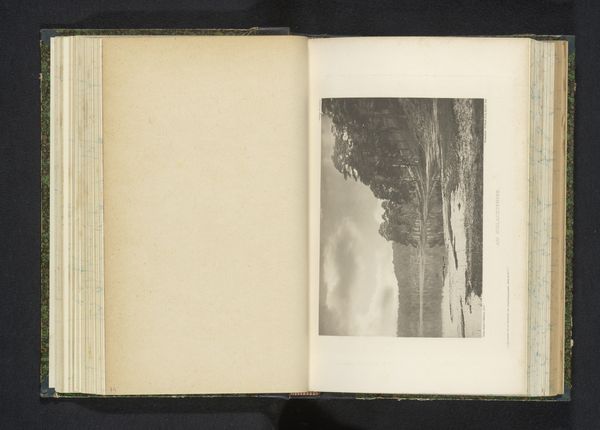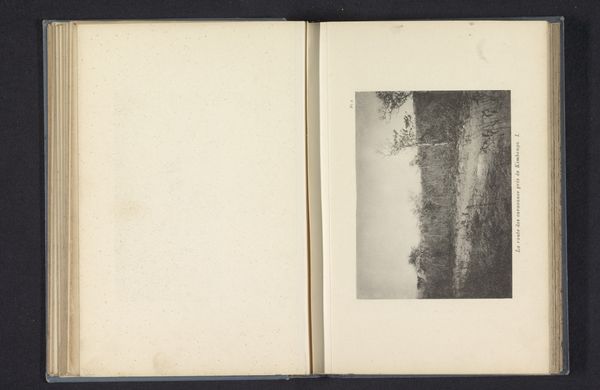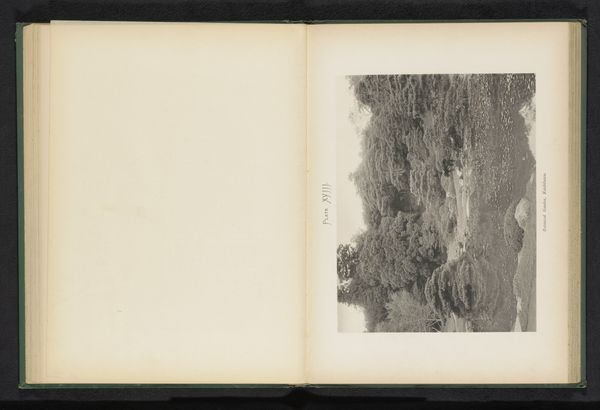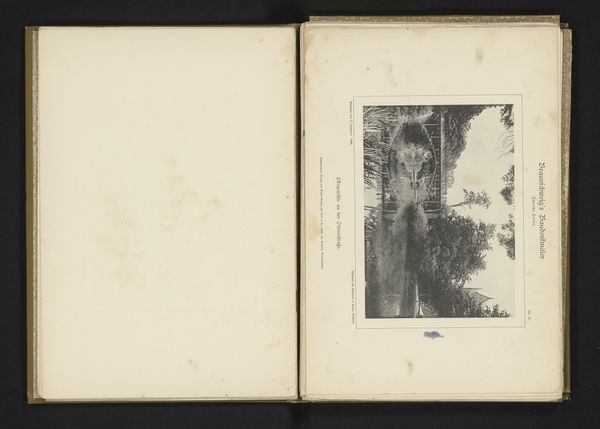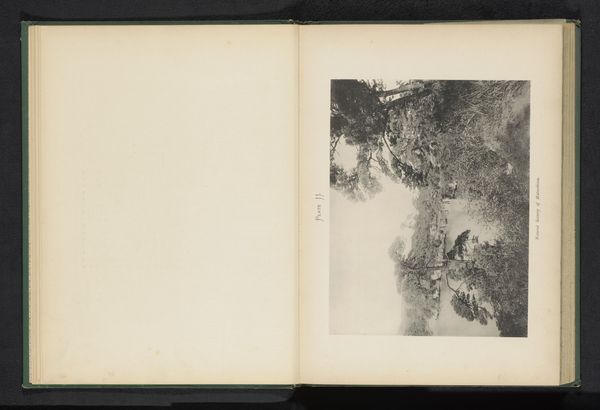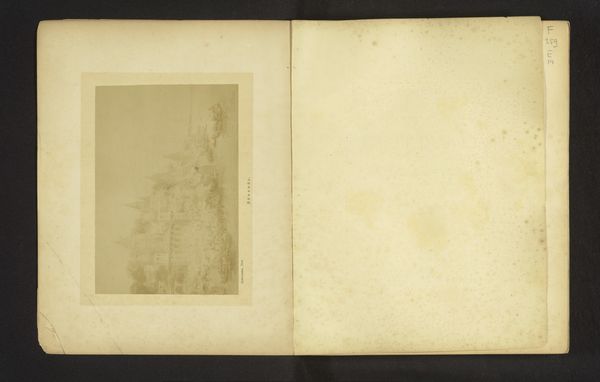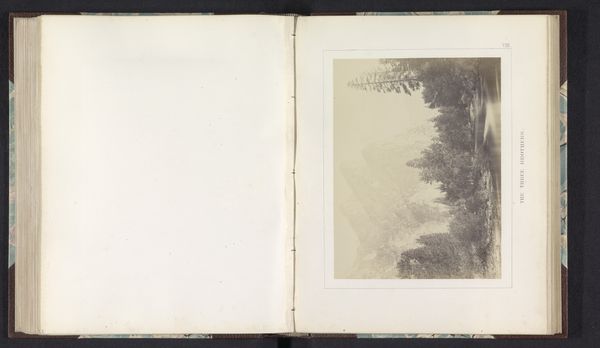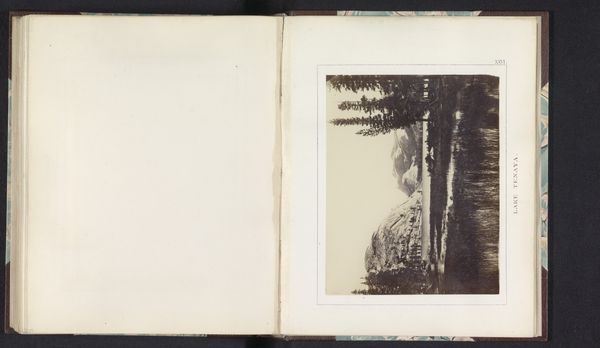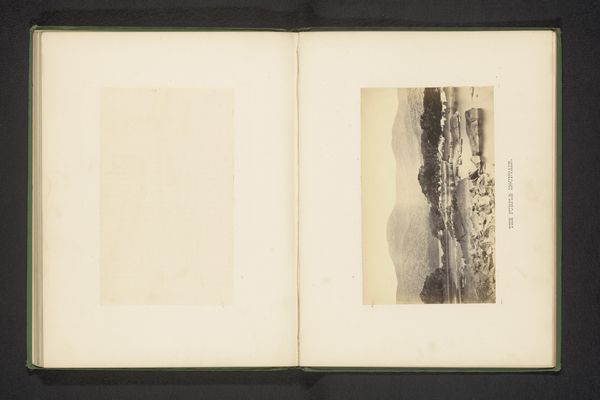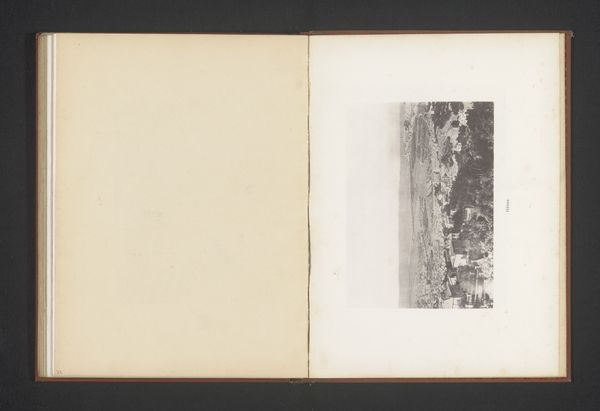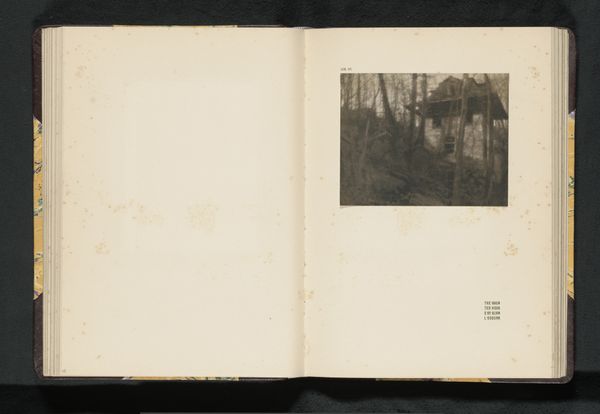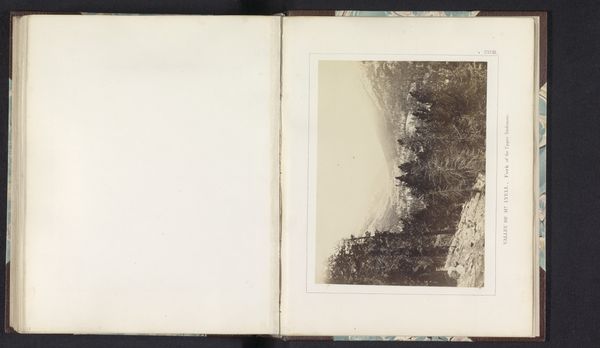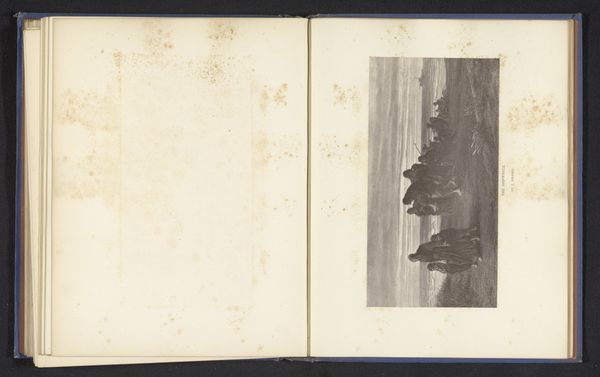
print, photography, albumen-print
# print
#
landscape
#
photography
#
albumen-print
#
realism
Dimensions: height 119 mm, width 188 mm
Copyright: Rijks Museum: Open Domain
Curator: This albumen print, "Schietbaan, vermoedelijk in de buurt van Stockholm," captures a shooting range, likely near Stockholm, before 1891. What are your initial thoughts on this photograph? Editor: It possesses a rather serene quality. The monochrome tones, soft focus, and almost pastoral landscape aesthetic lend it a detached atmosphere—a stark contrast to the inherent violence suggested by a shooting range. Curator: I find that contrast very compelling. The rise of recreational shooting ranges at the time served as community builders. Military societies actively shaped civil society to reinforce nationalist projects. Here it almost seems like a hidden feature within the otherwise docile field. Editor: I can appreciate how the subtle greys capture a field and those target emplacements receding into the distance. It certainly draws the eye across the entire image plane. How were these albumen prints produced? Curator: An albumen print is produced using a process where paper is coated with egg white, then sensitized with a silver salt solution and printed under a negative. Its use speaks to the broader emergence of photography’s role in recording landscapes and documenting activities, reflecting growing aspirations of leisure at this historical juncture. Editor: Fascinating, given the texture and how it interacts with light—it almost enhances that atmospheric, slightly blurred, visual quality, creating a gentle tension between visibility and obscurity. It feels dreamlike despite the sharp lines defining the target range. Curator: That juxtaposition of the ephemeral quality with the formal grid of targets is truly indicative of that complex era. One trying to balance notions of leisure and community on one hand and the creeping shadows of nationalist militarization on the other. The very framing suggests a considered narrative. Editor: You’re right; it transcends simple documentation. The light, the depth... even within such limited tonal range. It reveals much about both form and its context in equal measure. Curator: Precisely! I am drawn to the historical complexities that something seemingly ordinary can reveal about that period. Editor: And I now better appreciate how the photographer used those visual dynamics to communicate all that history. A final note for reflection.
Comments
No comments
Be the first to comment and join the conversation on the ultimate creative platform.
